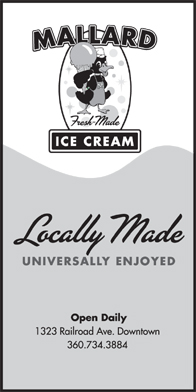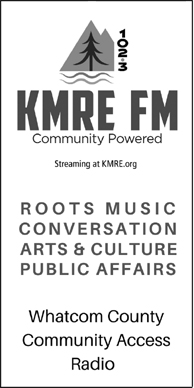Nearly every month for four years, RE Sources’ North Sound Waterkeeper and a team of trained volunteers have studied pollution in Bellingham Bay using its major stormwater outfalls — the spots where roadside storm drains release water from miles of paved areas, along with any pollutants left on the roads.
Unlike wastewater from homes and businesses, stormwater flows directly into Bellingham Bay without any treatment. Stormwater is the Salish Sea’s single largest source of pollutants. Our region’s ample rainfall washes leaked motor oil, unscooped dog poop, trash, and more into the bay via these outfalls. Impervious human-made surfaces (like pavement or rooftops) accelerate the flow of polluted water into storm drains, preventing natural filtration that happens when vegetated land slows down the water and removes chemicals. A staggering 75 percent of toxic chemicals entering Puget Sound comes from stormwater.
There were 294 exceedances across all samples for the entire year. This is considerably more than the 167 exceedances detected in 2023. Most of the additional exceedances, however, occur in the observational data: color, odor, and visual. Upon bringing in volunteers to conduct the monitoring, clearer directions were given to assess these criteria, resulting in more water quality issues being reported. In our four years of sampling, it does not appear that stormwater quality is improving.
All six of the outfalls and three of the four creeks are rated as being a “threat.” This means that the water coming from these outfalls and creeks is likely contributing to an already contaminated Bellingham Bay. While progress is being made to address legacy contamination from decades of industrial activity in Bellingham Bay, the results from this monitoring work indicate that stormwater pollution is likely another key pollution source.





























